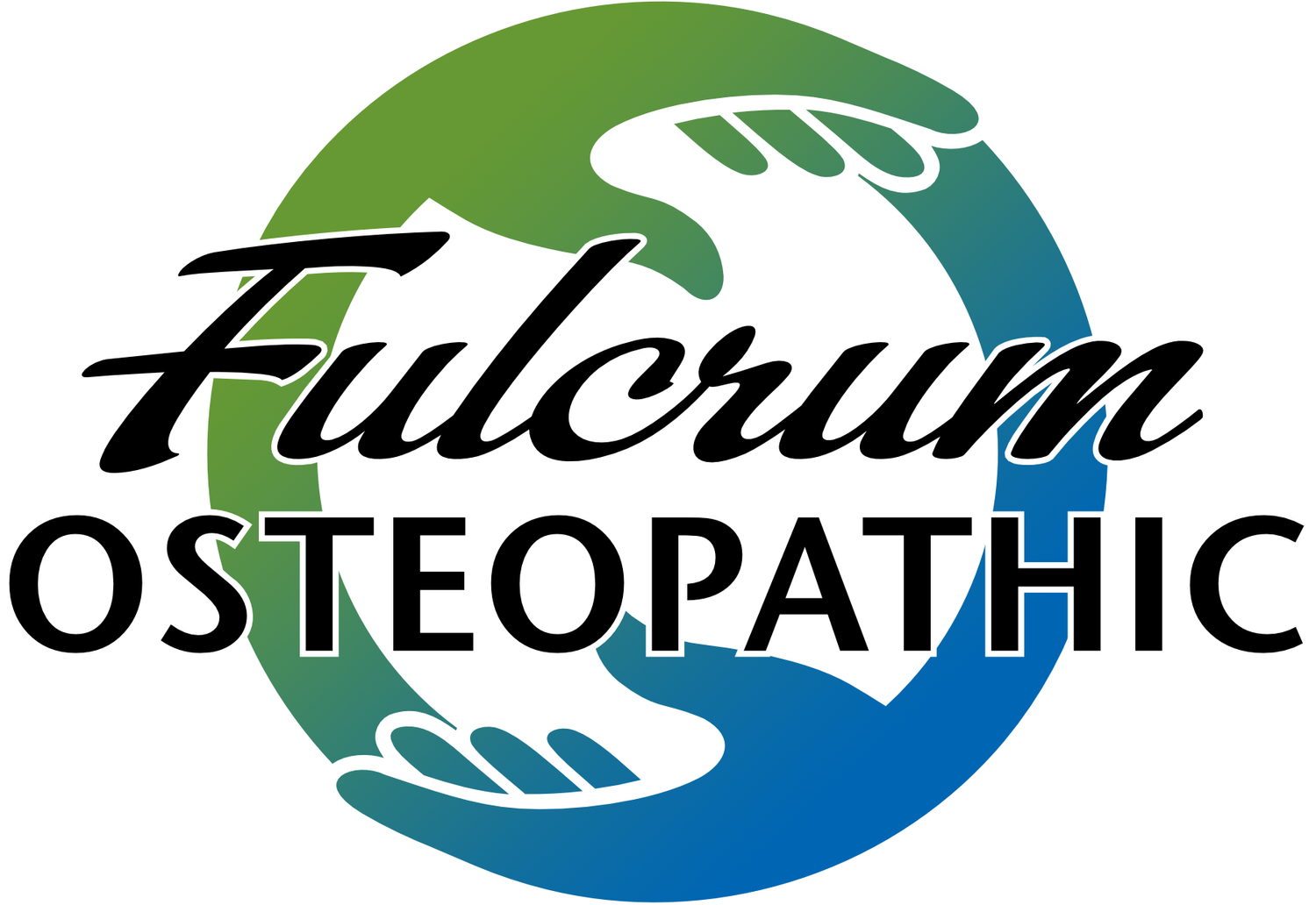About Osteopathy
“The Health is always present. To find health should be the object of the doctor. Anyone can find disease.”
A.T. Still, MD
Osteopathy was developed by Andrew Taylor Still, MD, a frontier doctor who after losing his wife and several children to meningitis began searching in earnest to improve the health care methods of his day. Immersing himself in the study of anatomy, he developed methods to augment the natural healing capabilities within his patients with an emphasis on structure-function relationships. Dr. Still believed that health was the natural state of human beings when there is no impedance to the flow of blood, lymph and nerve function.
Osteopathic philosophy is based on the following four principles:
The human body is an integrated unit, including mind, body and spirit
The body possesses self-regulatory mechanisms and is capable of self-healing
Structure and function are interrelated at all levels
Rational treatment is based on these principles
In addition to medicines and surgery, osteopathic physicians are trained in hands on manipulation of the body to remove restrictions, normalize joint motion, promote normal fluid exchange and nerve function, and subsequently help patients achieve a state of optimal health.
While osteopathic manipulation can potentially improve many conditions, it is commonly used to address:
Headache
Neck and back pain
Newborns with plagiocephaly (irregular head shape), torticollis (restricted neck motion), and feeding problems
Chronic ear infections
Temporomandibular joint dysfunction
Chest discomfort
Joint and muscle pain
Athletic injuries
Back pain during pregnancy and post-partum realignment
Sciatica

